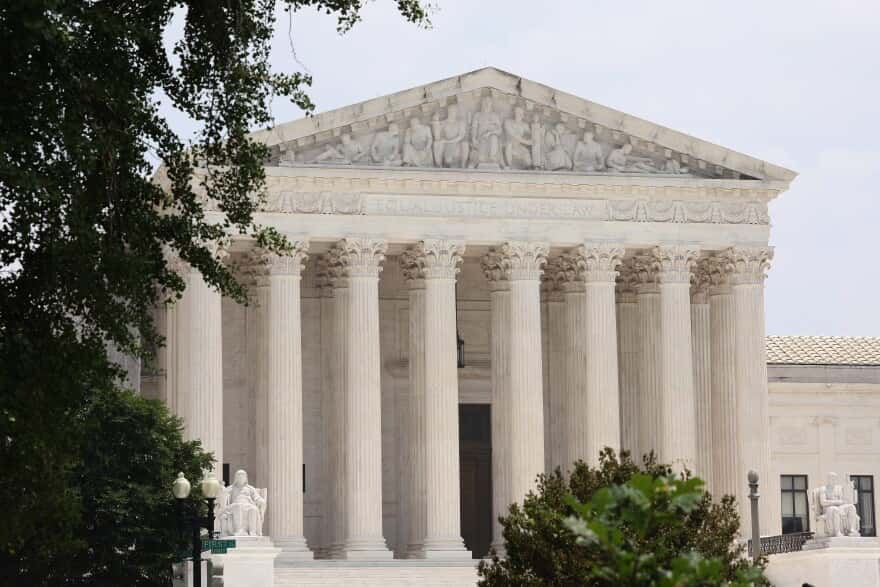The student loan forgiveness plan, which aimed to alleviate up to $20,000 of student loan debt per borrower, was officially struck down on June 30.

The Supreme Court’s recent decision on President Biden’s student loan forgiveness plan has caused significant concern for tens of millions of Americans burdened with debt
Adding to the urgency of the situation is the impending end of student loan forgiveness, which has been in effect since the start of the COVID-19 pandemic. The student loan forgiveness is set to end on September 1, signaling the resumption of loan repayments.
This setback has led to growing worries among borrowers who now face the challenge of managing their finances. According to a survey conducted by Quicken, 31% of Americans expressed their intention to cut down on spending in the latter half of the year once the freeze on student loan forgiveness is lifted.
As borrowers brace for resuming repayments, they are contemplating various cost-cutting measures. Some of the likely areas where spending may be reduced or curtailed include expenses on haircuts, gym memberships, and pricey electronics. Additionally, indulgences like spa days and extravagant travel plans are also likely to be sacrificed as borrowers focus on paying back their student loans.
The impact of the student loan forgiveness’s collapse is significant, given that 43.6 million borrowers have federal student loan debt, with an average balance of $37,717
Many borrowers have accumulated additional debt during the moratorium period, making the transition back to loan repayments even more challenging.
Financial experts advise finding more affordable alternatives and adjusting spending habits to accommodate the new payment responsibilities. By opting for less costly spa treatments, engaging in budget-friendly travel options like road trips or camping, and resisting the urge to upgrade electronics frequently, borrowers can potentially save substantial amounts of money.
Both lenders and consumers are urged to prepare for the upcoming payment resumption to navigate this new financial reality successfully. As the moratorium ends, households must brace for the “payment shock” and devise strategies to incorporate student loan payments into their monthly budgets effectively.
READ ALSO: Back-To-School Sales Tax Holiday Begins In Central Florida




